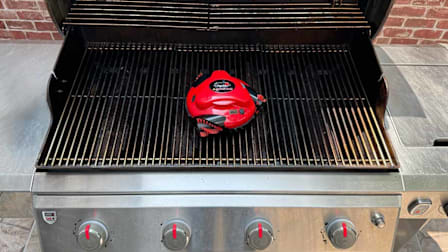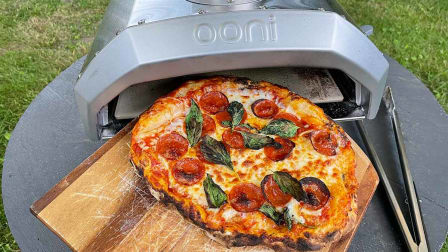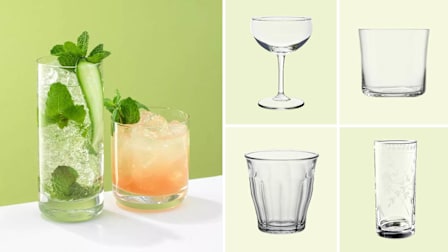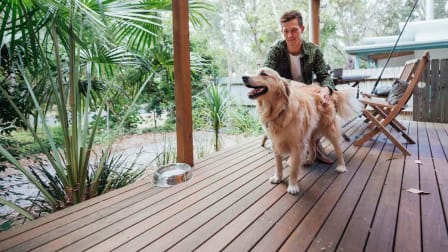Best Patio Coolers
A standing cooler for the patio will cut back on the trips you need to make into the house for refills
When you shop through retailer links on our site, we may earn affiliate commissions. 100% of the fees we collect are used to support our nonprofit mission. Learn more.
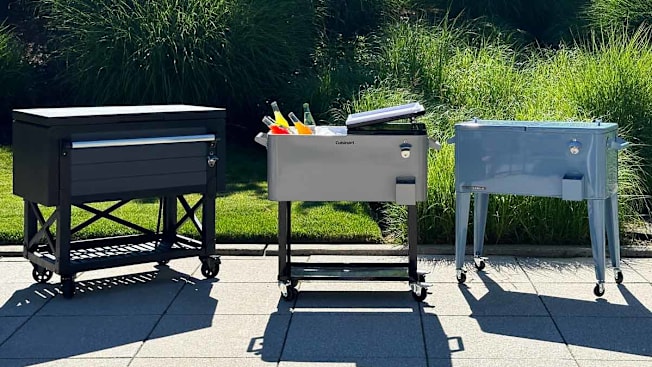
I love barbecues. My ideal summer weekend includes sitting out in someone’s yard and bingeing on grilled veggies, hot dogs, and burgers. What’s not ideal is having to make trip after trip into the kitchen to grab drinks every time someone needs a refill. You could keep a small, portable cooler out in the yard, but if you host outdoor parties often, a standing patio cooler might be a better option.
- Patio Coolers We Tested: Cuisinart Permasteel Keter
- How We Evaluated Patio Coolers

















